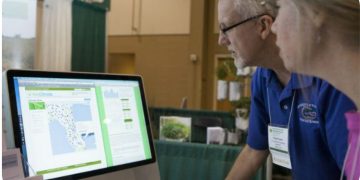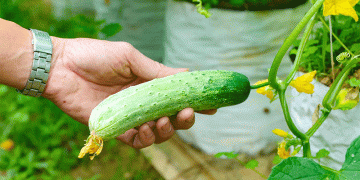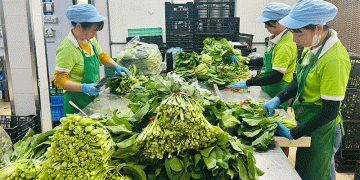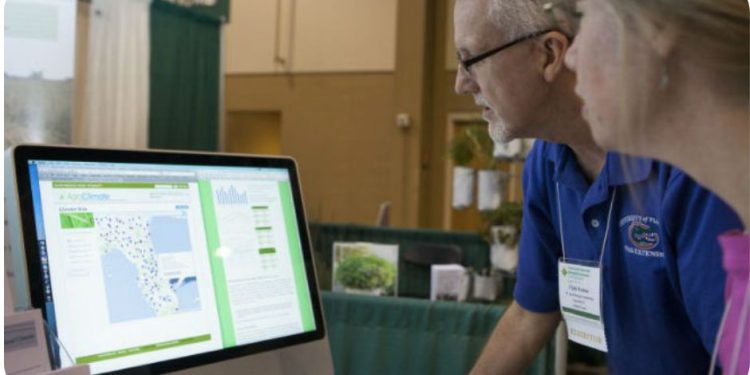Farmers can now learn about the probability of extreme weather events on their farm before the growing season so they can more appropriately plan agricultural practices such as when to fertilize and irrigate, thanks to new University of Florida Institute of Food and Agricultural Sciences research.
UF/IFAS experts, led by Caroline Staub and Diego Pequeno, are conducting a study in which they hope to give growers tools to anticipate extreme weather such as severe heat or dry spells during the various phases of crop development. If severe weather strikes during flowering, for example, it can severely impact crops. Their motivation is to better integrate weather information with the decision set at the farmer’s disposal, so that weather-related risk can be reduced in time, Staub said.
“Growers kept asking us, ‘What is the probability of getting an extreme weather event on my farm when my crop is ready to harvest,’” said Staub, a post-doctoral researcher in the UF/IFAS agricultural and biological engineering department.
Staub and the team, guided by Clyde Fraisse, a UF/IFAS associate professor of agricultural and biological engineering, developed a web-based tool and app that help growers plan ahead of the growing season, based on expected weather conditions in the upcoming season. It also lets growers keep an eye on the weather and their crop development simultaneously so they can make more informed day-to-day decisions on irrigation and fertilizer.
By using a computer model, researchers examined weather effects on the development of three crops: soybean, cotton and maize, and then they worked with Extension faculty and growers to corroborate results specific to their farms.
“We tested the tool with growers and Extension agents in 2016, and the results were very promising,” Staub said. They tried the tool in Alabama, Florida and Georgia, but it needs to be tested more widely, she said. The team will have a tool available in the next several months.
The team presented its findings at a conference on weather and climate decision tools for agriculture at UF in December.
— Brad Buck, University of Florida
Source: UF/IFAS































